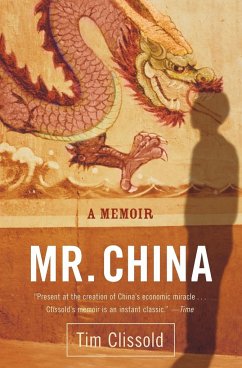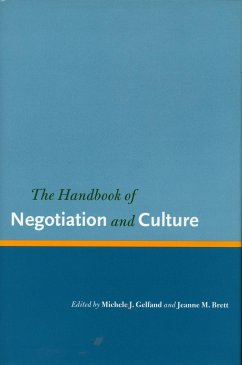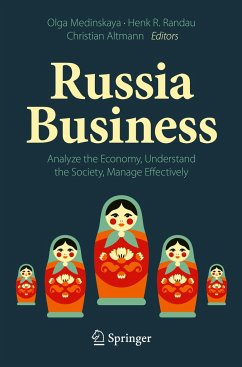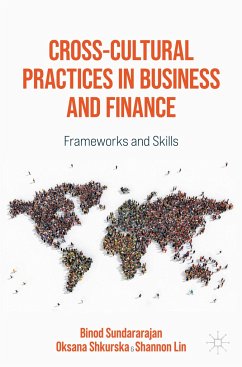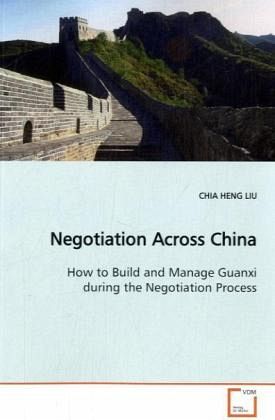
Negotiation Across China
How to Build and Manage Guanxi during the Negotiation Prcoess
Versandkostenfrei!
Versandfertig in 6-10 Tagen
52,99 €
inkl. MwSt.

PAYBACK Punkte
26 °P sammeln!
China has become a major topic of conversation in academic, business and negotiation literature in recent times, as has the concept of guanxi behaviour. However, we know little about how guanxi in non-Eastern cultures, feel about this idea. For this reason, three research questions were developed in the Literature Review. The research methodology is qualitative, based on the interpretivism paradigm using a phenomenology research design. The findings were also triangulated using the focus group interviews.The research data analysis is based on the Stevick-Colaizzi-Jeen method by Moustakas (1994...
China has become a major topic of conversation in
academic, business and negotiation literature in
recent times, as has the concept of guanxi
behaviour. However, we know little about how guanxi
in non-Eastern cultures, feel about this idea. For
this reason, three research questions were developed
in the Literature Review. The research methodology
is qualitative, based on the interpretivism paradigm
using a phenomenology research design. The findings
were also triangulated using the focus group
interviews.
The research data analysis is based on the Stevick-
Colaizzi-Jeen method by Moustakas (1994). The
results show that guanxi itself is a quality built
on relationships, favours, dependence, competency,
experience and adaptation rather than inter-
organisation relationships. Furthermore, the study
of guanxi needs to be done by examining both
internal factors and external factors which
influence the negotiation of an enterprise.
Finally, guanxi strategies aim to improve: (1)
guanxi quality; (2) negotiation performance; (3)
competitive position; and (4) competitive advantage
for win-win negotiation purposes.
academic, business and negotiation literature in
recent times, as has the concept of guanxi
behaviour. However, we know little about how guanxi
in non-Eastern cultures, feel about this idea. For
this reason, three research questions were developed
in the Literature Review. The research methodology
is qualitative, based on the interpretivism paradigm
using a phenomenology research design. The findings
were also triangulated using the focus group
interviews.
The research data analysis is based on the Stevick-
Colaizzi-Jeen method by Moustakas (1994). The
results show that guanxi itself is a quality built
on relationships, favours, dependence, competency,
experience and adaptation rather than inter-
organisation relationships. Furthermore, the study
of guanxi needs to be done by examining both
internal factors and external factors which
influence the negotiation of an enterprise.
Finally, guanxi strategies aim to improve: (1)
guanxi quality; (2) negotiation performance; (3)
competitive position; and (4) competitive advantage
for win-win negotiation purposes.




